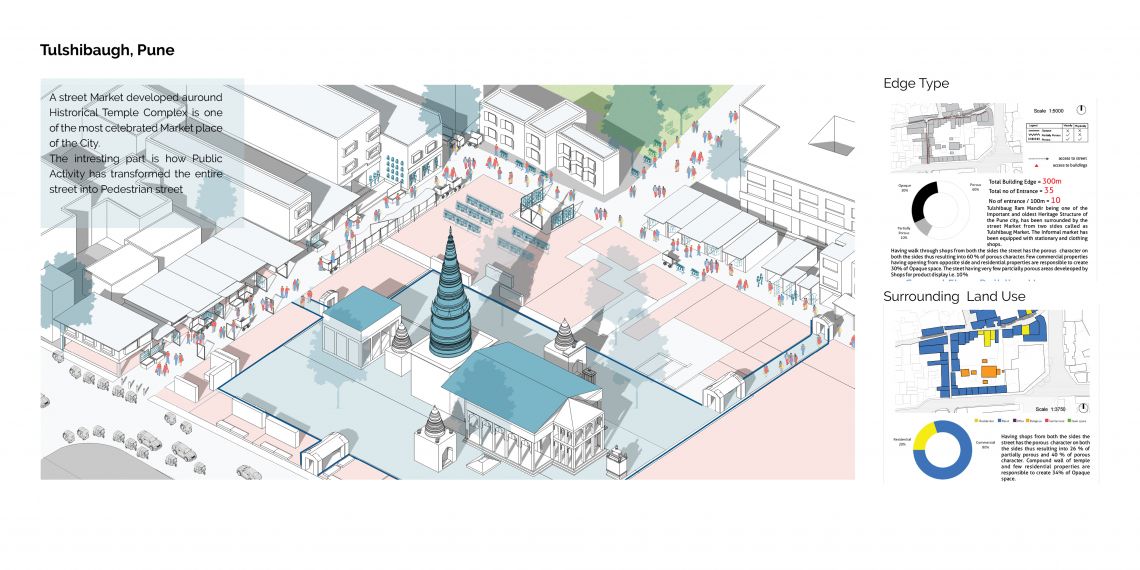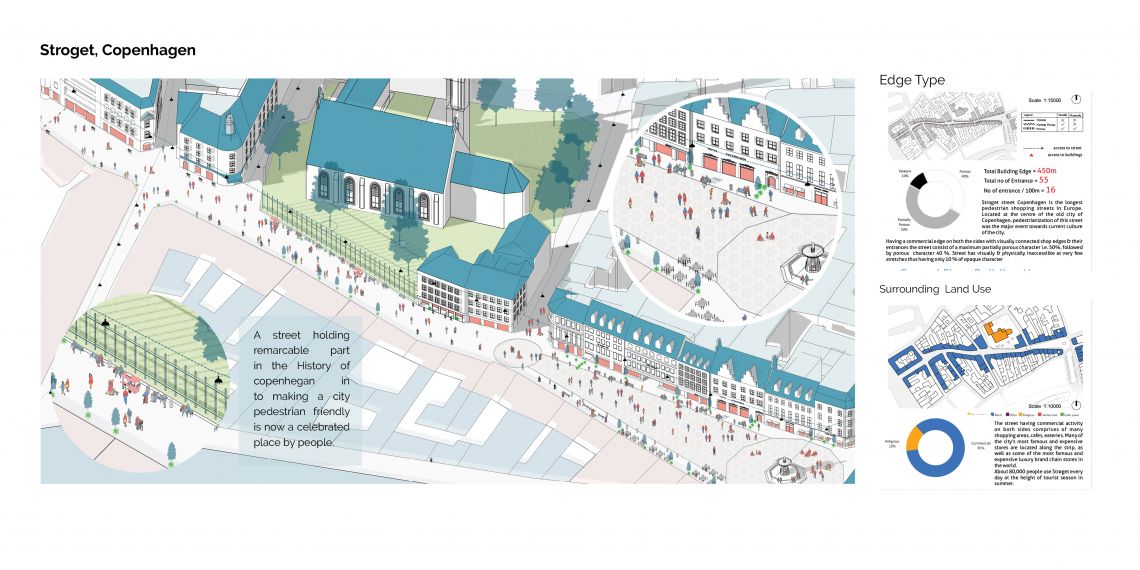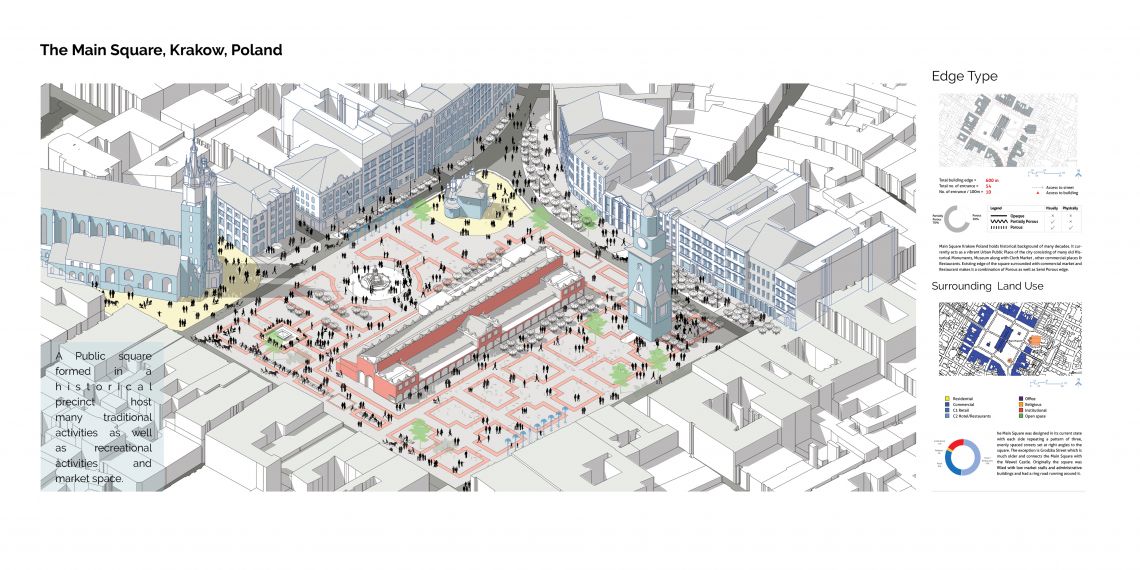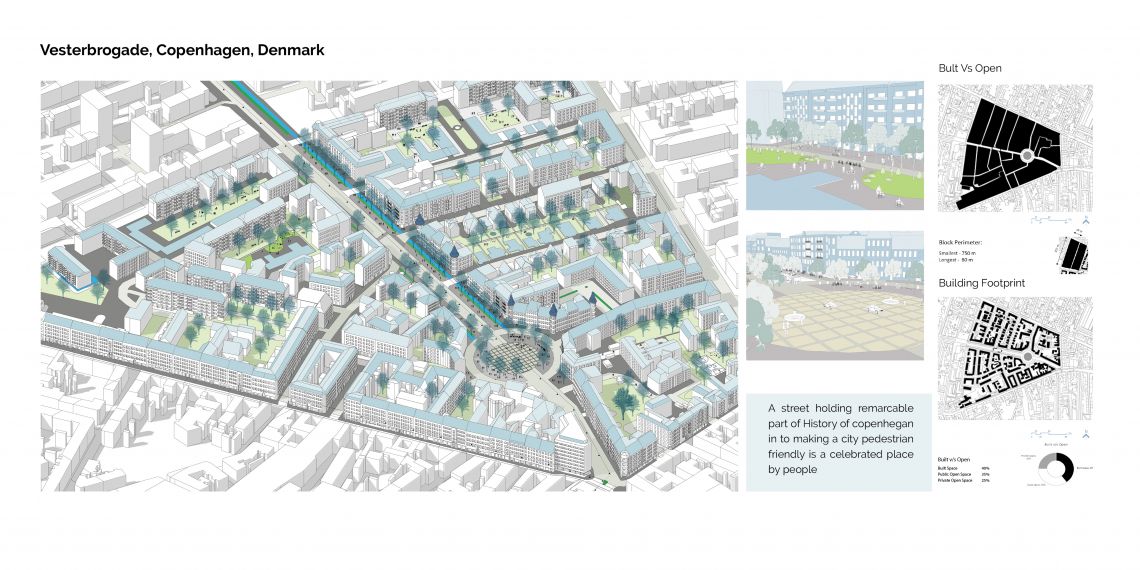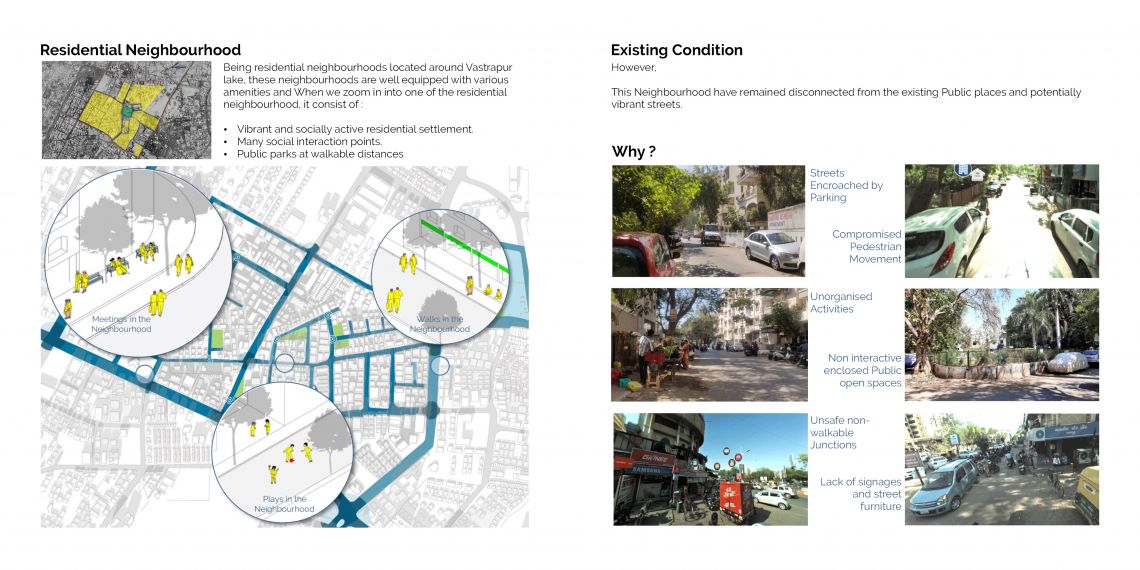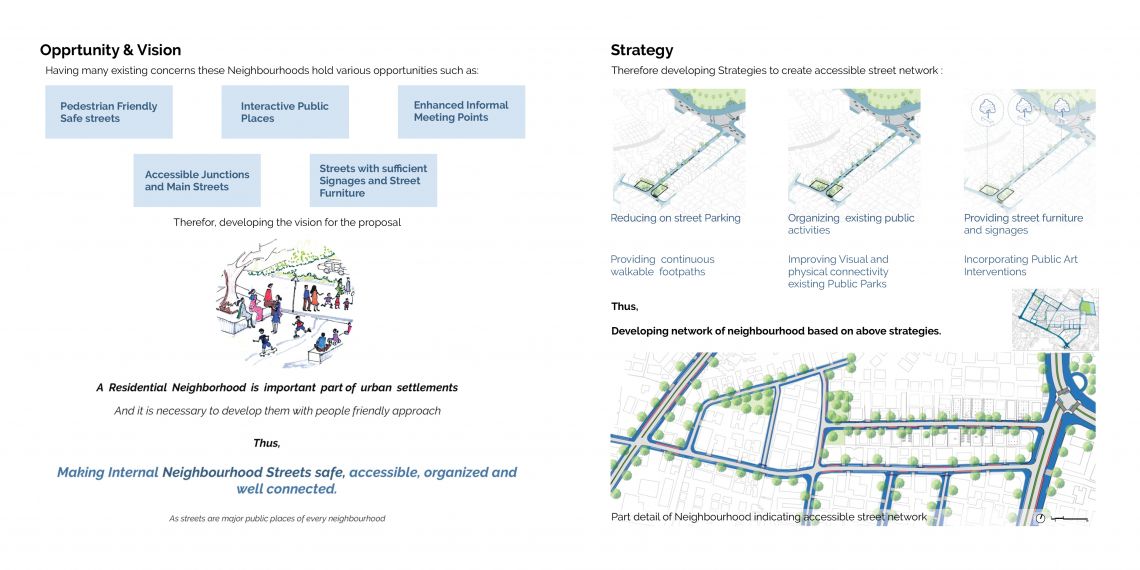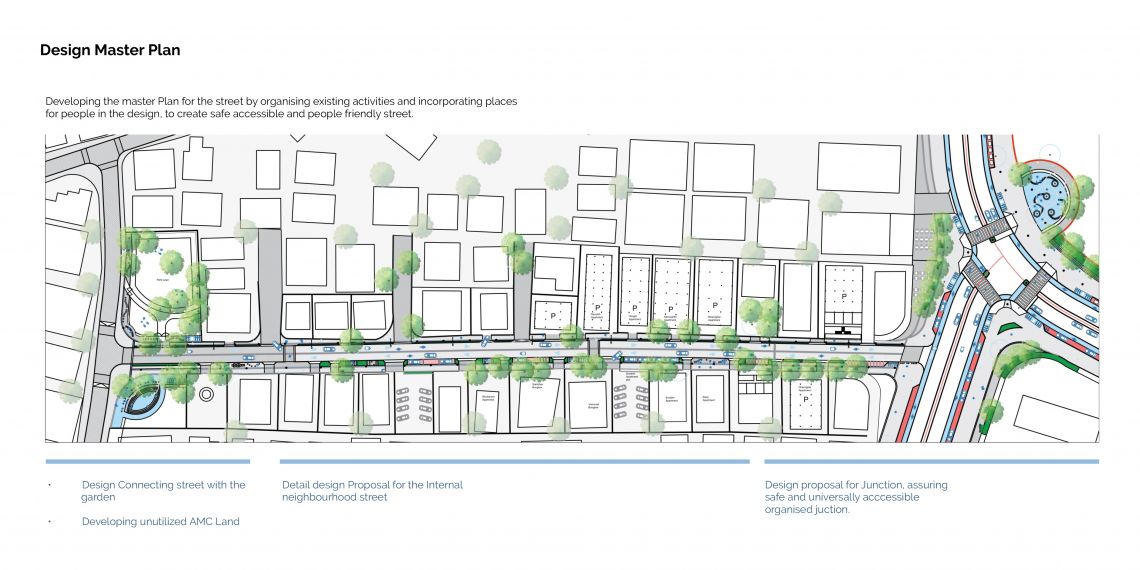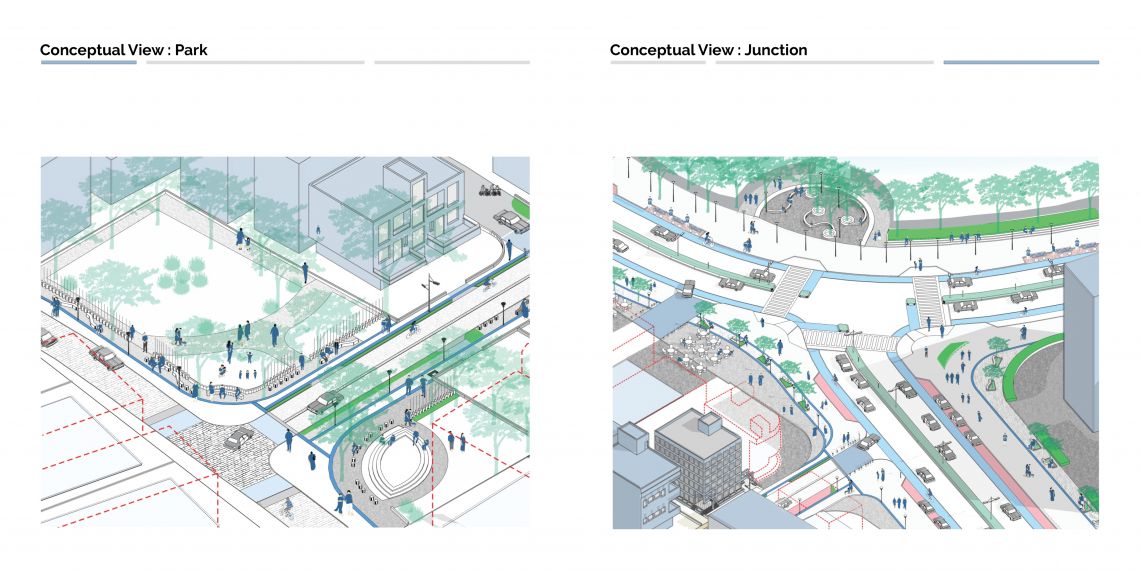Your browser is out-of-date!
For a richer surfing experience on our website, please update your browser. Update my browser now!
For a richer surfing experience on our website, please update your browser. Update my browser now!
Urban design is the bridge between Architectural and Planning practices. It practices, design as well as detailing of spaces which are beyond the architectural boundaries of individual plot lines and in to transitional spaces between the buildings. By carrying forward the following learnings of elements, a design intervention for public places would be a part of this portfolio. ‘Life between buildings’ is a well-known term, which implies the variety of activities generated by people, at, and on the edges of built spaces. It is very interesting to observe how the built structures, their functions, and surroundings, have an influence on the in-between activities. These spaces are nothing but elements of Urban design, formed through their combinations, which are buildings, streets, open spaces, etc. For example, a structure without a fence or compound, would instantly open the space, and allow interaction with its adjacent street edge, whereas structures fenced boundaries completely shut out any kind of interaction. Streets with open boundaries / shop frontages invite / hold different public activities. Open spaces with boundaries and without boundaries – affect the permeability and transparency of public places. Therefore, character of the elements and the public activities are interdependent and complimentary to each other. This work will take you through the study of different kind of elements of Urban design and how they influence life around them.

